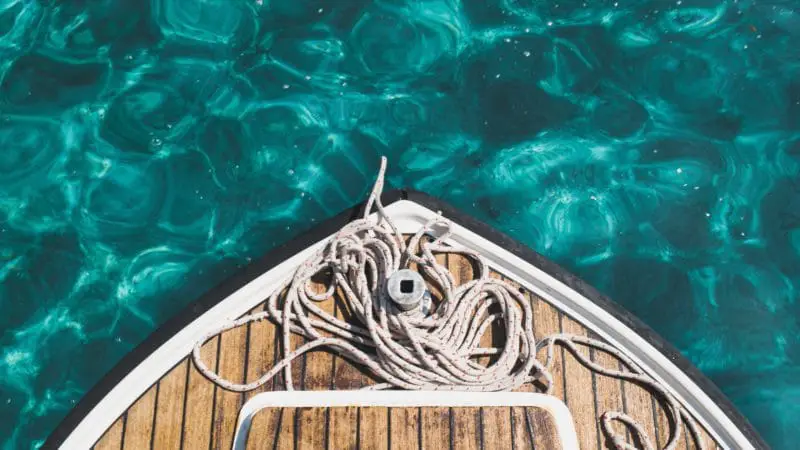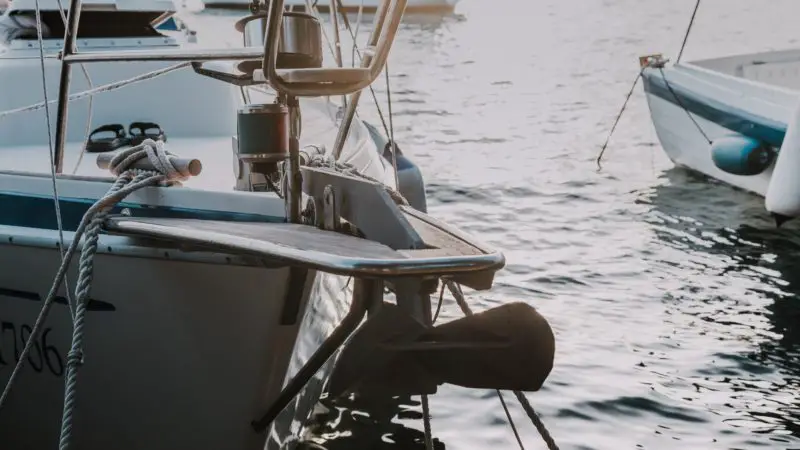GUIDE: How to fix a cam cleat on a boat?

To find peace and security in sailing aboard a sailboat, it is often necessary to spend more time in the maintenance of the boat. Winter remains the best time to take stock of the condition of your sailboat. Cleaning, reparation and rearmament are among the essential tasks. In addition to maintenance of the fittings, rigging must be done with rigor. This may require you to replace some parts of the running rigging. In the rest of this post, learn the different steps to follow to attach a cam cleat.
Contents of the page
Tools for attaching a cam cleat
Fixing a jam cleat is a relatively simple procedure because fitting a part can be done in less than an hour. However, this task may take longer than expected if the area where you plan to install the cleat is not on the deck. Indeed, a drill and a screwdriver are enough to fix this equipment on an easily accessible support. On the other hand, to put a cam cleat on the mast to block the mainsail halyard, you need more specific material. The installation time as well as the tools required for fixing also depend on the material of the boat. How to attach a cam cleat on this or that part of the hull? It is important to take all the necessary precautions before screwing into the polyester of the boat or screwing into the fiberglass.
Before installing a jam cleat, take the time to check the contents of your toolbox. Phillips and flat blade screwdrivers must be complete. Depending on the model of your cam cleat, you may also need some Allen keys, eye wrenches and water pump pliers. If it is a new installation, equip yourself with a drill and a bit suitable for the screws or nuts. To change the location or change a cam cleat faulty, consult the manual of your sailboat to find all the tools and products necessary to secure this type of equipment. Also plan a few panels of marine plywood to reinforce the support, especially if you have to fix the cleat on a weak part. Also set aside some threaded rods in case you have difficulty securing the screws.
Regarding consumables, you are going to need:
- an liquid degreaser for boats
- by sealing glue
- de epoxy resin et finishing gelcoat if the support is fiberglass
- by blocking glue
- de stainless steel bolts with locking nuts and lock washers if they are not included
- of pop rivet pliers and rivet nuts ( expansion anchors and their pliers) in the case of a cam cleat fixed to the mast
The process for attaching a cam cleat
The jam cleat is one of the fittings that is supposed to support little workload. Indeed, this equipment is used to maintain the sheet or the halyard in one position in order to maintain an adjustment. Thus, the installation of a jam cleat has nothing to do with that of an ascender. The latter requires a more solid fixing because it serves to block the sheet after having tucked it with a winch. How to fix a cleat on a new location?
The first step is to put on your protective gloves. Check the resistance of the location. For installation on a polyester substrate, clean the surface with a boat degreaser. Position the jam cleat and drill the support through the screw holes. Remove the part and countersink the entry of each hole. Apply a sealing glue on the surface and replace the jam cleat. All you have to do is screw the fixing screws directly into the hole or into the plugs supplied with the cleat.
Whether on a polyester or fiberglass support, the technique is the same for install a jam cleat. Be aware, however, that the screws tend to loose on the fiberglass. The most recommended option is therefore to fix the jam cleat using rivets or washer nuts. To optimize the tightness of the assembly on a fiberglass hull, the use of a epoxy resin is recommended. Remember to sand properly and then finish with a lich of finishing gelcoat. In addition, if you have a jam cleat with screw jaws, it is essential to use a blocking glue.
The problems of fixing a cam cleat on a mast
The use of a jam cleat is widely used to block the mainsail halyard or to maintain the adjustment of the sheet carriage. But many sailboat owners don't know how to fix a cam cleat on a mast. Yet it is not very complicated! When you do not have access to the back of the drill holes, then you must use rivet nuts to expansion anchors. Said models are in fact equipped with a collar which prevents them from sinking and sticks them against the hole at the back. If you do not feel able to attach a halyard cam cleat, it is strongly advised that you call in a professional.
How to choose the right cleat for a successful installation?
Now that you know how to install a cam cleat, you need to know which one to choose. We always recommend choosing your equipment from reputable and reliable brands. We have a preference for Harken cam cleats, the quality of which is well established. You have the choice between two ranges:
- The Cam-Matics: They are ideal for cruising. Made of anodized aluminum, they have superior durability and power.
See HARKEN Cam-Matic Micro jam cleats (Maximum rope Ø = 6 mm)
See HARKEN Cam-Matic standard cam cleats (Maximum rope Ø = 12 mm)
- Carbo-Cams: They are light thanks to their composite material which makes them perfect for racing.
See HARKEN Carbo-Cam Micro cam cleats (Maximum rope Ø = 6 mm)
See HARKEN Carbo-Cam standard cam cleats (Maximum rope Ø = 10 mm)
Finally, we recommend that you always keep a repair kit for your cleats on board, especially during long crossings.

